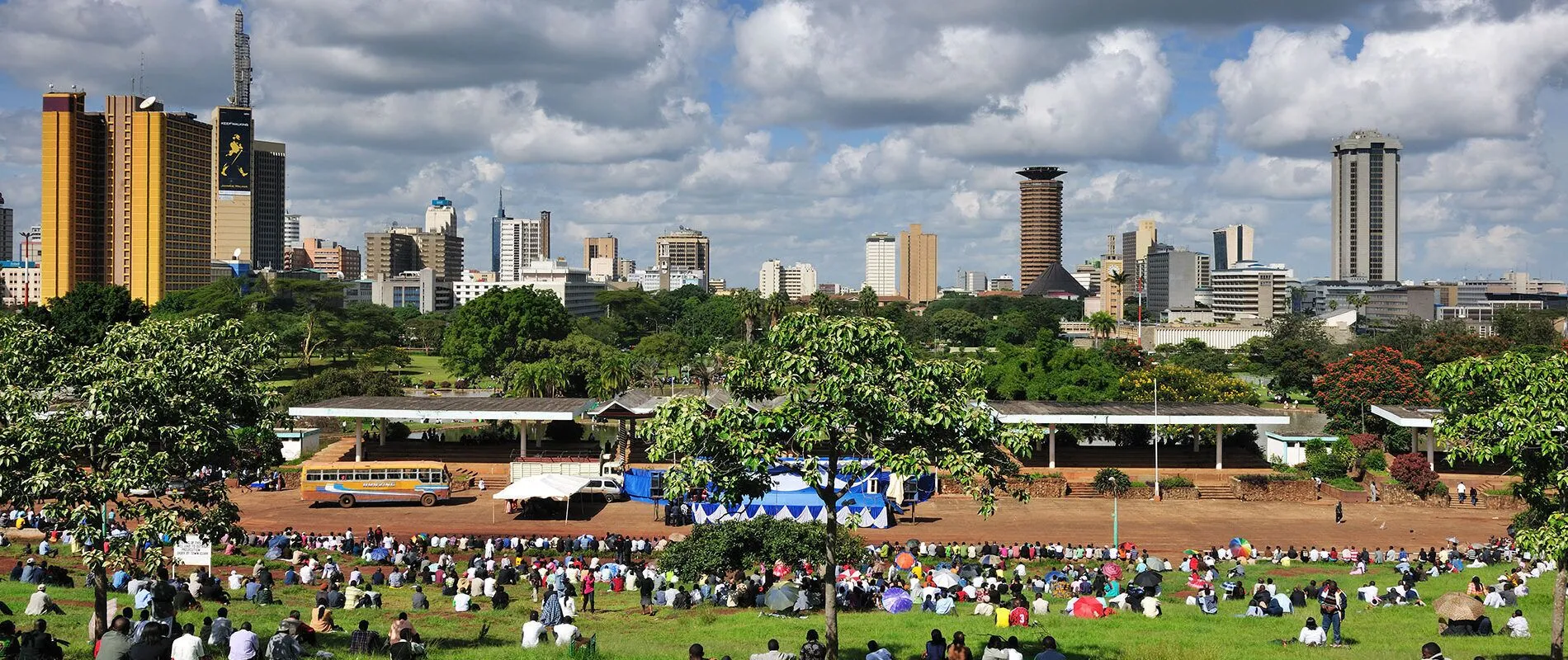Nairobi Faces Capital Flight Ahead of 2026 Vote
Kenya 2032 Eurobond yields 10.6%, NSE All-Share flat (+0.2 % YTD), KES 156.7 / USD, inflation 8.3 %. Political tension lifts spreads +220 bps vs Tanzania as USD 42 m flows exit since July. Stability now dictates returns across frontier markets.

Kenya’s political risk premium is now explicitly baked into credit, equity, and currency valuations ahead of the 2026 election cycle. The cost of capital is no longer driven solely by macro stress but by governance uncertainty. Bond yields, fund flows, and NDF volatility now speak louder than press releases.
The risk narrative gained urgency after 2024’s Finance Bill protests and the 2025 stand-off over tax measures—events that exposed how governance strain can delay budgets and capital approvals. Between January and September 2025, 10-year yields climbed from 13.20% to 13.78%, with non-performing loans rising to 14.1%. Meanwhile, an estimated USD 42 million has exited Kenya-dedicated funds since July, per EPFR data.
Kenya’s capital markets reflect this repricing. The NSE All-Share Index is flat (+0.2% YTD), trailing Tanzania’s +4.8% and Uganda’s +3.1%. The Kenya 2032 Eurobond trades at ~10.6%, ~220 bps wider than Tanzania’s curve and among the widest spreads in sub-Saharan sovereigns. The KES has depreciated ~3% to 156.7/USD amid moderate diaspora inflows and export pressures.
Political unrest is now a stand-in for policy reversals, regulatory drag, and project delays. The 2024 protests reportedly shaved ~0.7 percentage points off Q3 GDP growth, double the impact seen during earlier protests. Fiscal data underscores the tension: the government is forecasting a fiscal deficit near 7.4% of GDP, debt-service absorption at 38% of revenues, and reserves covering ~4.1 months of imports. Inflation is elevated at 8.3% (June 2025), and real GDP growth is projected at ~5.1%.
Relative spreads indicate perception gaps. Kenya’s 10-year yield is ~270 bps above the EMBI+ frontier median. Tanzania’s sovereign curve sits ~220 bps tighter, while Uganda’s trades ~340 bps tighter than Kenya. Fund flows emphasize fragility: having lost USD 42 million since July, Kenya has posted the biggest net outflow among East African markets in the latest cycle.
The demand-side effects are material. Corporate bond yields have widened ~85 bps since January, while equity risk premiums in the financial sector now sit ~250 bps above their five-year trailing average. Retail, logistics, real estate, and hospitality firms are increasingly deferring capex and expansion, while telecoms and agritech firms carry forward.
This repricing embeds political shock risk—not macro stress—as a pricing determinant. The next 18 months will test whether the market’s premium is durable or reactionary. If Nairobi manages 2026 through restraint and stakeholder dialogue, spreads might compress 50–80 bps as they did post-2022. If not, volatility will snap from priced-in risk to realized event cost.
Kenya’s recalibration matters for East Africa. Nairobi is the regional funding hub. A 50-bp shift in Kenyan yields could ripple across syndicated loans and regional currency markets by 40–60 bps. Tanzania and Uganda may see short-run safe-haven flows, but local funding pressures will tighten.
For frontier-market and EM investors, Kenya’s case marks a system shift: assets no longer reflect macro fundamentals alone but political delta. Stability—and predictability in governance—have become yield drivers alongside fiscal discipline and monetary anchor. The risk is now priced preemptively, and Kenya’s trajectory will decide whether East Africa is rewarded for continuity or penalized for volatility.





